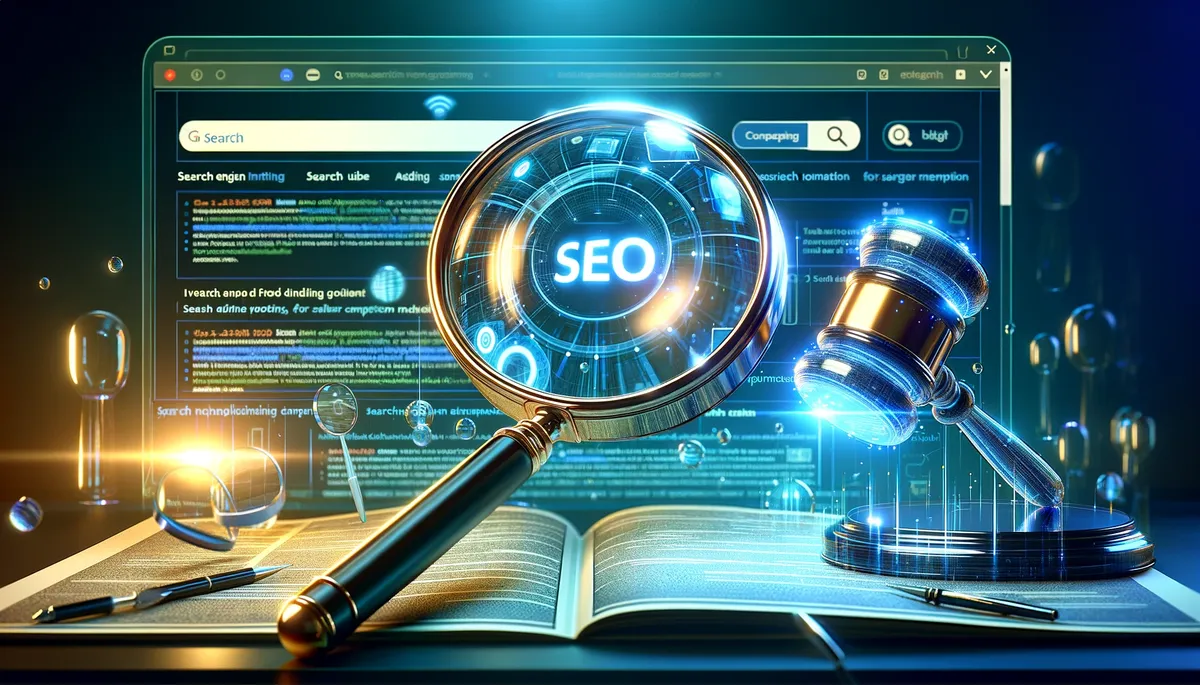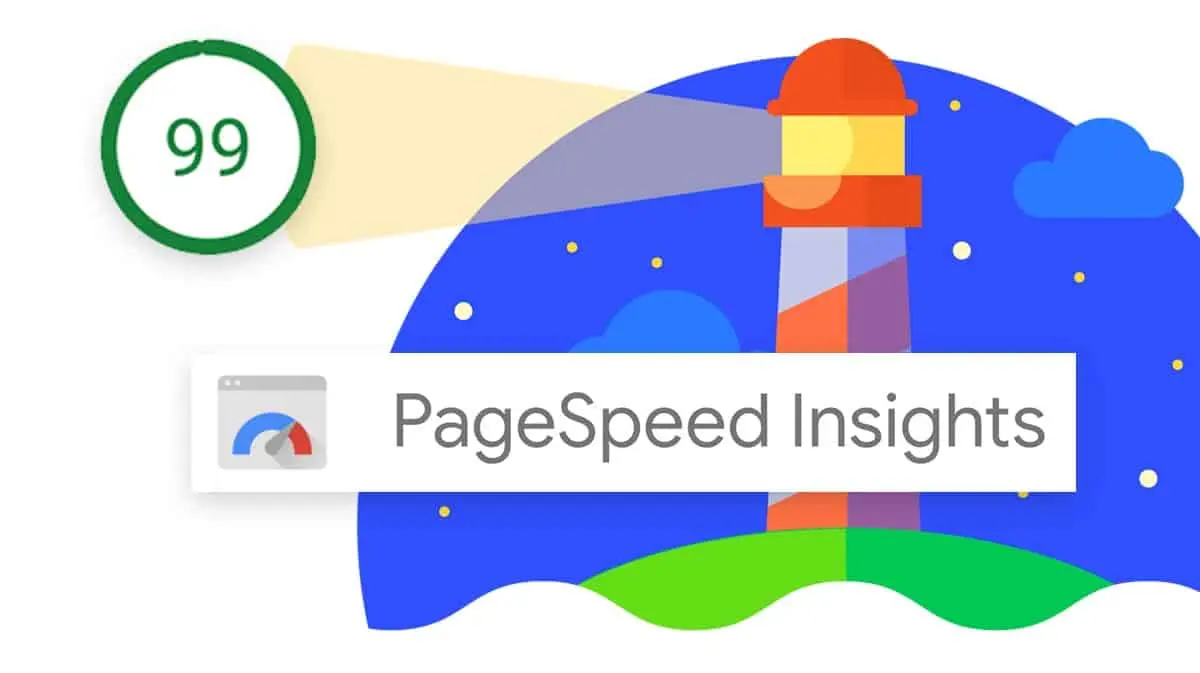SEO vs SEM: Understanding the distinction between SEO (Search Engine Optimization) and SEM (Search Engine Marketing) is crucial for crafting a robust digital marketing strategy that safeguards your brand’s online presence.
Screpy
Utilize an AI-driven SEO analysis tool to evaluate your website and monitor your keywords all in a single intuitive dashboard.
SEO focuses on optimizing a website to enhance its organic search rankings, relying on keyword integration, content relevance, and site usability.
Conversely, SEM encompasses SEO tactics but primarily involves paid advertising efforts, such as PPC (Pay-Per-Click) campaigns, to increase search visibility.
Both practices require diligent analysis and strategic planning to ensure your investment aligns with your desired outcomes.
Summary & Key Takeaways
Hide- SEO focuses on optimizing a website for organic search rankings, while SEM encompasses SEO tactics but primarily involves paid advertising efforts.
- SEO enhances a website's visibility in organic search engine results through keyword research, on-page optimization, and off-page factors, while SEM aims for immediate visibility and targeted reach through strategic bidding on keywords and ad creation.
- SEM yields faster visibility and traffic spikes, providing quick wins, while SEO is a gradual process that requires optimization and content creation for long-term online authority.
- SEO incurs costs through labor and upfront investments, while SEM involves paying for ads displayed in search engine results and requires a consistent budget for maintaining presence.
By discerning the nuances between SEO and SEM, businesses can navigate the digital landscape with confidence and achieve sustainable growth.
SEO vs SEM: The Main Differences Between SEO and SEM in Digital Marketing

As we examine the main features of SEO and SEM, it is crucial to distinguish the inherent strategies and outcomes associated with each method.
SEO focuses on optimizing content to enhance organic search engine rankings, leveraging a combination of technical adjustments, keyword research, and content development to build long-term visibility.
Conversely, SEM encompasses paid advertising tactics, such as pay-per-click campaigns, that aim for immediate visibility and targeted reach within search engine results.
SEO Overview
SEO, or Search Engine Optimization, enhances a website’s visibility in organic search engine results through strategic content creation and website optimization.
It’s a foundational component of digital marketing that operates on a meticulous understanding of algorithms used by search engines.
Unlike SEM, or Search Engine Marketing Optimization, which includes paid tactics, SEO focuses solely on elevating a site’s status in the unpaid sector known as ‘organic’ or ‘natural’ search results.
A thorough SEO overview reveals it as a multifaceted approach involving keyword research, on-page optimization (including meta tags and URL structure), and off-page factors like link-building.
The objective is to construct an authoritative online presence that search engines recognize as valuable and relevant, thereby ensuring a sense of safety and reliability for users who trust organic search results.
SEM Overview
Transitioning from the organic strategies of SEO, SEM encompasses both paid and organic tactics to increase a website’s visibility in search engine results.
The interplay between SEM and SEO is crucial, as SEM leverages the strengths of paid advertising to provide immediate visibility and traffic, while SEO builds a sustainable online presence over time.
In the realm of SEM, strategic bidding on keywords, ad creation, and budget management are core components that require meticulous attention to detail.
SEM in SEO is not a standalone approach but complements SEO efforts to achieve a robust and comprehensive online marketing strategy.
As businesses navigate through SEO SEM marketing, it’s essential to analyze and adjust campaigns for optimal safety and performance.
Next, we’ll explore how the timelines for experiencing results can vary between SEM vs SEO.
SEO vs SEM: How Long It Takes to See Results
One primary distinction between Search Engine Optimization (SEO) and Search Engine Marketing (SEM) lies in the typical time frame required to observe tangible results.
When businesses weigh the difference between SEO and SEM, the immediacy of outcomes is a crucial factor.
SEM, which encompasses paid advertising strategies, often yields faster visibility and traffic spikes as ads can be launched swiftly and begin driving targeted traffic once the campaign goes live.
This makes SEM an attractive option for entities needing prompt market presence.
In contrast, SEO is a more gradual process, requiring meticulous optimization of website elements and content creation that aligns with search engine algorithms.
The intricacies of SEOSEM strategies mean that businesses should anticipate a longer timeline before seeing significant improvements in organic search rankings.
What is SEO and SEM in terms of result timing?
While SEM can deliver quick wins, SEO builds sustainable, long-term online authority but may take several months to a year to reflect appreciable progress.
It’s essential for stakeholders to understand that both SEO and SEM require ongoing effort and adjustment to maintain and improve results over time.
- How Does SEO Work? An Overview
- 30+ SEO Traffic Hacks
- 9 Essential Steps to Build SEO for a New Website
- 7 Tips for Semantic SEO: Increase SERP Rankings
- How to Setup an SEO-Friendly Website Architecture
- 10 SEO Best Practices to Boost Google Rankings
- 35 Google Webpage Analytics Insights to Improve SEO
- SEO Backlinks and Their Importances in SEO
As we transition from discussing the timelines associated with seosem effectiveness, let’s delve into another pivotal aspect: the financial implications of SEO vs SEM and how much they cost.
SEO vs SEM: How Much They Cost
Understanding the cost implications of a business’s digital marketing strategy is essential when comparing SEO and SEM.
SEO, or Search Engine Optimization, generally incurs costs through the labor involved in optimizing website content, building backlinks, and enhancing user experience to organically improve search rankings.
Although SEO tools and services can have upfront costs, the long-term investment often leads to sustained traffic growth without the need for continuous spending.
On the other hand, SEM, or Search Engine Marketing, typically involves paying for ads to be displayed in search engine results.
This pay-per-click (PPC) model means businesses incur costs each time a user clicks on their advertisement.
SEM offers immediate visibility and quick results but requires a consistent budget to maintain presence in search results. The cost per click can vary widely based on competition for keywords and the quality of the ad campaign.
Strategically, a combined approach may offer a balance of immediate and long-term benefits. However, budget allocation between SEO and SEM should be carefully considered, as it can significantly impact overall marketing costs and ROI.
As businesses weigh the costs and benefits of SEO and SEM, the decision often comes down to the specific goals and financial constraints of their marketing strategy.
In the next section, we will explore whether to focus on SEO or PPC, considering these factors.
SEO or PPC: What to Focus On
Deciding whether to focus on SEO or PPC as a primary digital marketing strategy hinges on the specific objectives, budget constraints, and market conditions facing a business.
SEO demands a long-term commitment and offers sustainable organic growth, while PPC provides immediate visibility and is a powerful tool for targeted campaigns with specific timeframes.
A synergistic approach that integrates both SEO and PPC, forming a comprehensive SEM strategy, can often yield the most robust results, balancing long-term brand presence with immediate traffic boosts.
When to Focus Only on SEO
Within the broader context of digital marketing strategies, it is crucial to concentrate solely on SEO when long-term, organic growth is the primary objective.
SEO efforts compound over time, providing sustainable visibility in search engine results without the ongoing costs associated with pay-per-click (PPC) advertising.
By focusing on SEO, businesses invest in a foundation of credibility and authority that can ensure a safe and stable digital presence.
This strategic approach involves meticulously optimizing website content, enhancing user experience, and building high-quality backlinks, which are essential for establishing a trustworthy online reputation.
As businesses solidify their SEO strategy, they cultivate an asset that continues to yield results.
Now, let’s pivot to understand when the immediacy and precision of PPC campaigns take precedence.
When to Focus Only on PPC
Businesses should pivot to pay-per-click (PPC) advertising when immediate results and targeted outreach are top priorities in their digital marketing campaigns.
This strategy allows for a direct approach to reaching potential customers and can be particularly effective in competitive markets.
While SEO is a long-term investment, PPC offers the agility to appear in front of customers right at the moment they are ready to convert.
- Gain visibility quickly to establish market presence.
- Control spending with adjustable budgets for financial security.
- Target the right audience at the right time for improved conversion rates.
- Track performance meticulously to ensure a safe return on investment.
Analyzing data from PPC campaigns provides strategic insights that enable businesses to refine their advertising efforts, ensuring both efficient use of resources and the safety of their investment.
When To Do Both (SEM)
In certain circumstances, integrating both SEO and PPC strategies—key components of Search Engine Marketing (SEM)—can maximize online visibility and lead to superior marketing outcomes.
This holistic approach is often most advantageous when launching a new product or entering a highly competitive market.
By leveraging the immediate exposure of PPC campaigns, businesses can gain significant traction while the longer-term benefits of SEO efforts gradually build organic rankings.
Strategically, it is crucial to analyze market conditions, competitor activities, and desired results to determine the optimal balance between SEO and PPC.
An analytical approach to SEM ensures that resources are allocated efficiently, risks are mitigated, and the brand’s digital presence is fortified across multiple channels, thus providing a comprehensive safety net for market visibility and lead generation.
Conclusion
In conclusion, SEO and SEM serve as fundamental components in the broader context of online marketing strategies, each exhibiting distinct temporal and financial implications.
SEO focuses on organic search credibility and requires a protracted timeline to manifest results, whereas SEM delivers immediate visibility through paid tactics.
An astute marketing strategy typically integrates both, optimizing for long-term organic growth while leveraging paid advertising for immediate reach, thus ensuring a comprehensive approach to online visibility and audience engagement.




